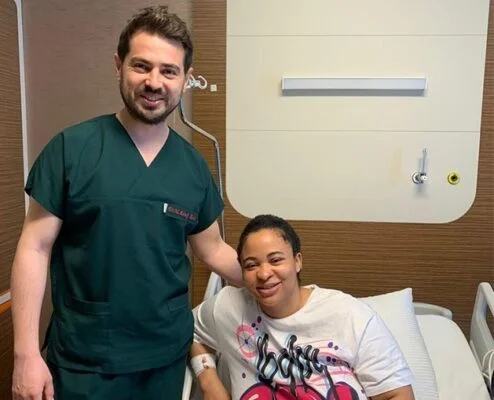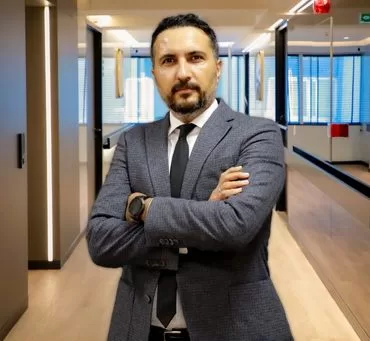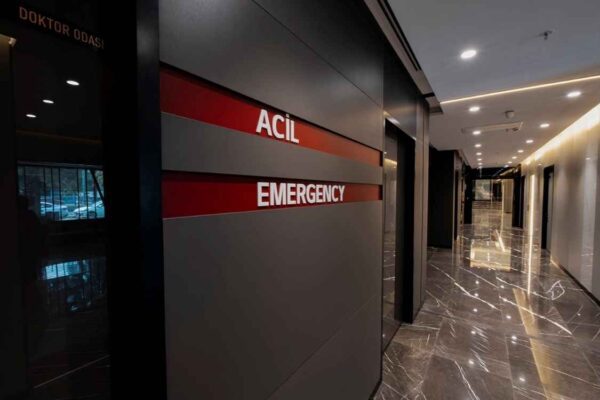The burgeoning prevalence of corpulence, typified by an inordinate aggregation of adipose tissue, poses a chronic health predicament that has escalated into a worldwide scourge. This condition is inextricably linked with a litany of grave health complications, encompassing diabetes, cardiovascular maladies, and neoplastic diseases.
Although the optimal strategy for managing corpulence hinges on prevention, this tactic does not invariably yield success. Consequently, Obesity Treatment occasionally becomes indispensable. In this composition, we will expound on the overarching information pertinent to Obesity Treatment, delving into its essence and execution.
What is Obesity Treatment?
Obesity Treatment embodies a medical intervention targeting the attenuation of superfluous adipose tissue in individuals possessing a body mass index (BMI) equal to or exceeding 30. This intercession encompasses multifarious approaches such as lifestyle modifications, pharmacotherapeutic measures, and bariatric surgical interventions. Bariatric surgery constitutes a subset of Obesity Treatment, employing surgical techniques to modify the gastrointestinal structure, culminating in weight reduction and enhancements in metabolic functionality.
How is Obesity Treatment Performed?
Bariatric surgery, an intricate and invasive modality, necessitates meticulous evaluation and orchestration. The subsequent elucidation delineates the stages encompassed in bariatric surgery:
- Appraisal: Prior to surgery, patients undergo an exhaustive assessment to ascertain their qualifications for bariatric surgical intervention. This appraisal encompasses a comprehensive review of medical antecedents, physical examinations, laboratory analyses, and psychological evaluations to gauge overall health and aptitude for the procedure.
- Anesthetization: Bariatric surgery is conducted under general anesthesia, rendering the patient wholly unconscious and insensate to pain throughout the procedure.
- Incisions: The surgeon performs multiple diminutive incisions within the abdominal region, facilitating the insertion of slender instruments and a laparoscopic camera.
- Gastric Reconfiguration: The specific surgical technique dictates the method employed to curtail the stomach’s capacity for food retention. In sleeve gastrectomy, the surgeon excises a substantial segment of the stomach, fashioning a minute, tubular pouch resembling a banana. Gastric banding involves the surgeon encircling the stomach’s upper portion with a silicone band, creating a compact pouch. In Roux-en-Y gastric bypass, the surgeon segregates the stomach into a diminutive upper pouch and a more capacious lower pouch, subsequently connecting the upper pouch to the small intestine while circumventing the lower pouch.
- Small Intestine Rerouting: Roux-en-Y gastric bypass and biliopancreatic diversion with duodenal switch necessitate the rerouting of the small intestine to curtail caloric and nutrient absorption. This is achieved by linking the stomach’s upper pouch to the small intestine, bypassing the lower pouch, and diminishing the absorption of calories and nutrients.
- Incision Closure: Upon completion of the procedure, the surgeon sutures or staples the incisions and envelops them with aseptic dressings.
- Convalescence: Post-surgery, the patient is vigilantly monitored in a recovery chamber for potential complications such as hemorrhage or infection. Subsequently, the patient is relocated to a hospital room and administered analgesics as needed. The duration of hospitalization is contingent upon the surgical modality and the patient’s overall health.
- Postoperative Care: Upon discharge, patients must adhere to a prescribed dietary and exercise regimen to facilitate weight reduction and sustain a salubrious weight. Regular follow-up appointments with healthcare practitioners are mandated to oversee progress and address any concerns or difficulties.
What should be considered after Obesity Treatment?
After undergoing obesity treatment, whether it is through surgery or non-surgical approaches, there are several important considerations for a successful outcome and long-term management. Here are some key points to keep in mind:
- Follow the post-treatment instructions provided by your healthcare team diligently. This may include dietary guidelines, exercise recommendations, medication usage, and lifestyle modifications.
- Adhere to a balanced and nutritious diet that promotes weight loss and overall health. Focus on portion control, incorporating fruits, vegetables, lean proteins, and whole grains.
- Engage in regular physical activity as advised by your healthcare provider to support weight management, improve fitness, and enhance overall well-being.
- Attend follow-up appointments to monitor your progress, discuss any challenges, and receive ongoing guidance and support.
- Seek support from a registered dietitian, psychologist, or support group to address emotional and behavioral aspects of weight management.
- Stay motivated and patient, as sustainable weight loss takes time and effort.
- Monitor and manage any potential complications or side effects, reporting them promptly to your healthcare team.
- Incorporate stress management techniques and prioritize self-care to support a healthy lifestyle.
- Maintain open communication with your healthcare team and actively participate in your treatment plan.
- Embrace a long-term approach to weight management, focusing on sustainable habits and making gradual, lasting changes for a healthier lifestyle.
FAQs
In Turkey, the payment options for obesity treatment may vary depending on the healthcare facility or clinic. Generally, they accept credit card payments, bank transfers, and cash. However, it is recommended to contact the specific clinic or hospital to confirm their available payment methods and any additional details regarding payment plans.
No, obesity treatment does not typically come under insurance coverage. While certain medical conditions related to obesity, such as diabetes or cardiovascular disease, may be covered, specific treatments like weight loss programs, diet plans, or bariatric surgeries are often considered elective or non-essential and are not covered by insurance.
The cost of obesity treatment in Turkey is often lower compared to many other countries due to various factors. These may include lower operating costs, affordable healthcare services, competitive pricing, and government initiatives to promote medical tourism. However, it’s important to research and consider the quality of care alongside cost when seeking treatment options.
No, finance is typically not available specifically for obesity treatment. Medical insurance may cover certain aspects of treatment, such as consultations or surgeries, but it varies depending on the insurance provider and policy. It is best to consult with your insurance company or healthcare provider for detailed information on coverage options.
There is no specific age limit for obesity treatment in Turkey. Medical interventions and weight management programs are available for individuals of all ages, aiming to improve health and address obesity-related issues. Treatment approaches may vary based on age, health condition, and individual needs, as determined by healthcare professionals.
The likelihood of obesity treatment going wrong varies depending on the specific treatment method, individual health factors, and medical expertise involved. While complications can occur, advancements in medical knowledge and procedures have significantly reduced risks. It is crucial to consult with healthcare professionals to assess personalized risks and benefits for effective and safe treatment.
After obesity treatment, individuals may experience several potential problems. These can include complications from surgical procedures, such as infection or blood clots. There may also be issues related to excess skin or changes in body shape. Additionally, long-term weight management can be challenging, requiring lifestyle adjustments and ongoing support.
Obesity Treatment Before – After
Our Team
Our Hospital
Atilla, Halide Edip Adıvar St.
No:57, 35270 Konak/İzmir







































